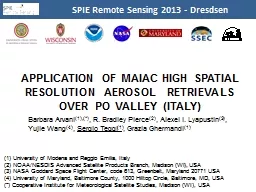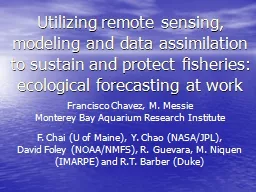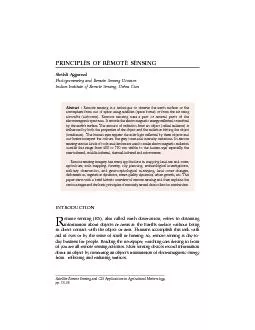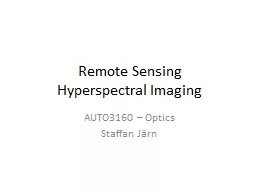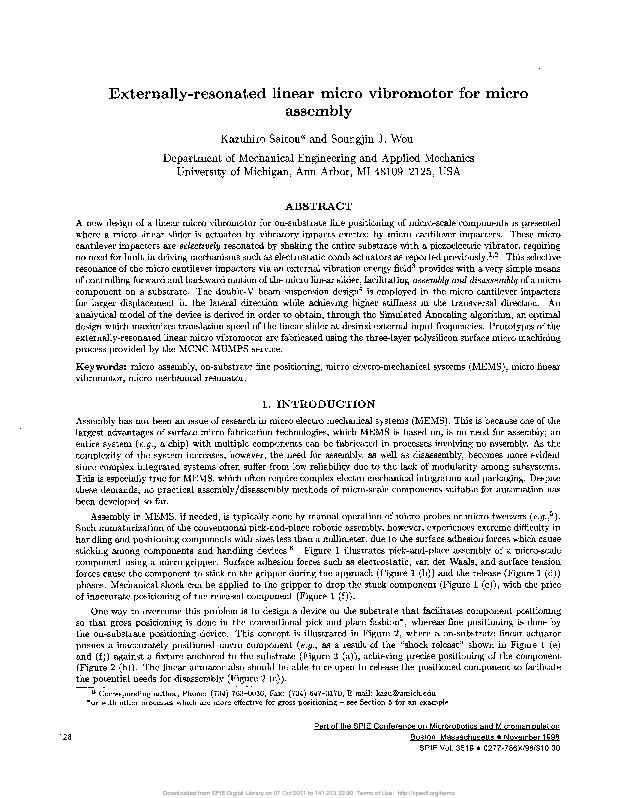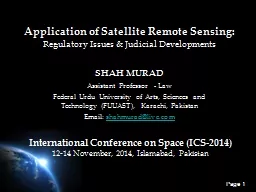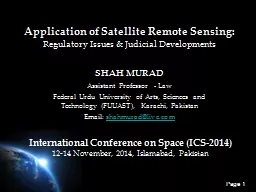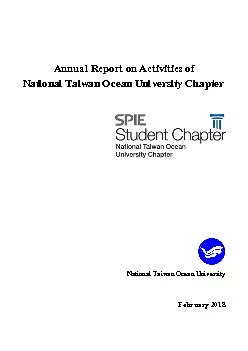PPT-SPIE Remote
Author : tawny-fly | Published Date : 2017-07-06
Sensing 2013 Dresdsen 1 APPLICATION OF MAIAC HIGH SPATIAL RESOLUTION AEROSOL RETRIEVALS OVER PO VALLEY ITALY Barbara Arvani 1 R Bradley Pierce 2 Alexei I Lyapustin
Presentation Embed Code
Download Presentation
Download Presentation The PPT/PDF document "SPIE Remote" is the property of its rightful owner. Permission is granted to download and print the materials on this website for personal, non-commercial use only, and to display it on your personal computer provided you do not modify the materials and that you retain all copyright notices contained in the materials. By downloading content from our website, you accept the terms of this agreement.
SPIE Remote: Transcript
Download Rules Of Document
"SPIE Remote"The content belongs to its owner. You may download and print it for personal use, without modification, and keep all copyright notices. By downloading, you agree to these terms.
Related Documents

